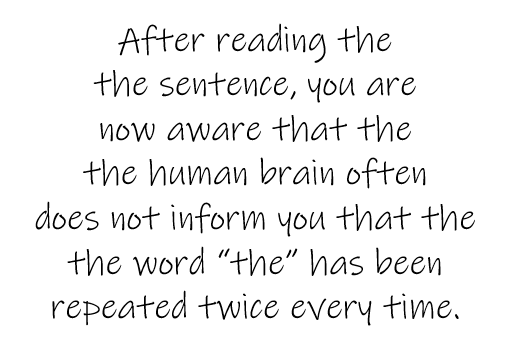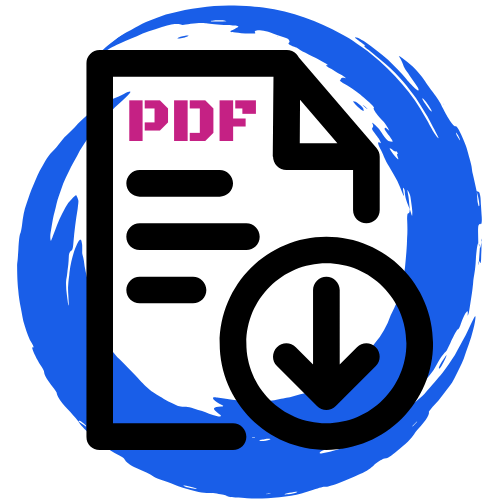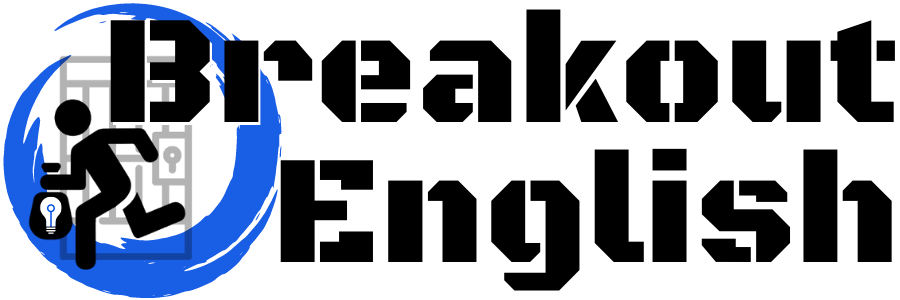The Use of English paper in the Cambridge First (FCE) exam is a challenge. It’s a challenge for students, but it can sometimes be a challenge for teachers to train for as well. Of all the activities in the paper, it’s FCE Use of English Part 2, also known as the open cloze, which consistently seems to cause problems for aspiring exam candidates.
This post will explore the task and how to prepare for it before offering a few ideas which should help raise awareness of what is tested for FCE Use of English Part 2.
At the end of the post, you will find some downloadable materials which look at FCE Use of English Part 2 through the topic of famous films and film quotes.

Contents
FCE Use of English Part 2 Essential Information
FCE Use of English Part 2 Format
FCE Use of English Part 2 “Open cloze” consists of a short text with eight gaps. Unlike Part 1, there are no choices for what word you need. You must use your knowledge to fill the gap with the correct word.
The focus is either on grammar or lexicogrammar.
| grammar | articles, determiners, prepositions, auxiliaries, pronouns, conjunctions |
| lexicogrammar | phrasal verbs, linkers, fixed expressions, collocations |
Tips for FCE Use of English Part 2
You should always try to complete FCE Use of English Part 2 in a systematic way. Don’t forget these essential points as you answer the task:
- The answer will always be a single word.
- Contractions (e.g. don’t, we’ve, won’t) count as two words. However, can’t is a contraction of cannot, which is one word.
- Sometimes, there is more than one correct answer. Cambridge will always account for this and all options will be accepted. However, you should not write more than one answer.
- Correct spelling is essential for all of the FCE Use of English paper.
- Read the text before and after each gap before answering.
- If the answer is a verb, check that you are using the correct form and that it agrees with its subject.
- The same word is unlikely to be used to fill two different gaps within one text.
- Always read the text quickly before you start to get a general idea. This should not take more than 1 minute.
- Don’t spend lots of time on a word you don’t know. Losing time on this activity might cost you points later in the exam because you won’t have enough time to do other tasks well.
- Check your answers, your spelling and don’t copy the example onto the answer sheet!
Parsing: How an antiquated teaching technique is still relevant

In the modern, communicative and eclectic language classroom, there is little room for syntactic analysis, otherwise known as parsing. Once considered an essential element of language learning, parsing has fallen out of style because teachers and students alike started to question the importance of knowing when “like” was used as a verb, an adverb, or a preposition.
As a modern, communicative and eclectic teacher or student yourself, you probably agree. Being able to name parts of speech and use metalanguage doesn’t make it any easier to communicate when you go on holiday to London. However, it could help you pass the FCE Use of English Part 2.
Let’s parse this sentence to test the theory:
The quick brown fox jumps over the lazy dog .
The (article) quick (adjective) brown (adjective) fox (noun [subject]) jumps (verb in present simple 3rd person) over (preposition of movement) the (article) lazy (adjective) dog (noun [object])
With this information, we can start to analyse which elements of the sentence are content words and which ones are function words. If we focus on only the content words, our sentence is still understandable.
… quick brown fox jumps … … lazy dog
However, if we remove the content words, the function words give us no information at all.
The … … … … over the … …
In FCE Use of English Part 2, these function words are the ones which will be removed from the text and tested. Building awareness of function words, their uses and their purpose in a sentence will help exam candidates more effectively analyse an open cloze text.
Students should be made to notice function words, rather than allow them to blend into the background. Our brains naturally ignore function words. We know we need them for grammatical accuracy, but the brian has way of adding content when it missing and ignoring things that it doesn’t consider essential. Like your brain just did with the 3 errors in the previous sentence.

So spend a little time parsing with your students. Here are a few quick and easy low prep activities you can do to focus on function words.
Low prep activities to focus on function words
These activities will help to build awareness of what types of words certain function words tend to precede or follow. It will also bring the function words to the forefront, allowing students to notice the way some are grouped together in functional expressions.
1. Put a sentence on the board and practise parsing. You’ll be surprised how much students will like doing it once they have a basic knowledge of parts of speech.
2. Put only the function words on the board of a sentence about something that happened to you over the weekend. See who can get closest to the real sentence.
I … to a … on … and as soon as I …, it … to …
I went to a concert on Saturday and as soon as I arrived, it started to rain.
3. Put only the function words on the board of lines from famous songs, books or films and see if anyone can guess the line.
I’m going to … him an … he can’t …
I’m going to make him an offer he can’t refuse. – The Godfather
I will …! As long as I … how to …, I … I’ll … …
I will survive! As long as I know how to love, I know I’ll stay alive. – Gloria Gaynor
4. Put on the board the content words of a sentence and the missing parts of speech. See how many different sentences you can make by using different function words. Verbs can always change form for this activity.
(subject) (auxiliary verb) (adverb of frequency) eat (article) hot dog (preposition) class
I would never eat a hot dog in class.
I have eaten a hot dog before class.
I won’t ever eat a hot dog during class.
The Materials: FCE Use of English Part 2 – Famous Film Quotes

Film is often a fun topic to use in class. There’s lots of juicy vocabulary and it links in well with writing reviews. Everybody always has something to say about films too, whether they are a film buff or they don’t own a TV.
These materials focus on function words through FCE Use of English Part 2. All the content comes from famous films.
The first task is an exam style open cloze activity which uses the introduction from The Lord of the Rings. It’s a nice steady audio, which shouldn’t be too difficult for B2 students to follow. There is some difficult vocab in the text, so decide whether you want to pre-teach or stress that it is unimportant for the task.
Watch the introduction from The Lord of the Rings on YouTube.
An analysis of the words in the text is then followed by some more famous film quotes that you can test your students’ film knowledge with. Anyone who knows all of these should pass the FCE based on that alone!
EXAM PART: Use of English
EXAM SKILLS: Awareness and control of grammar and lexicogrammar
TOPIC: Film
TIME: 45 minutes
PREPARATION: One copy of the worksheet per student
Download



My First Certificate students will love to do these exercises, they are fans of the film. Thank you so much! Great Job!
Thanks Juani!
Hi!
Just to let you know that we’ve shortlisted this blog post for this month’s TeachingEnglish blog award and I’ll be putting up a post about it on tomorrow’s TeachingEnglish Facebook page http://www.facebook.com/TeachingEnglish.BritishCouncil, if you’d like to check there for comments.
Best,
Ann
Amazing! Thanks Ann!